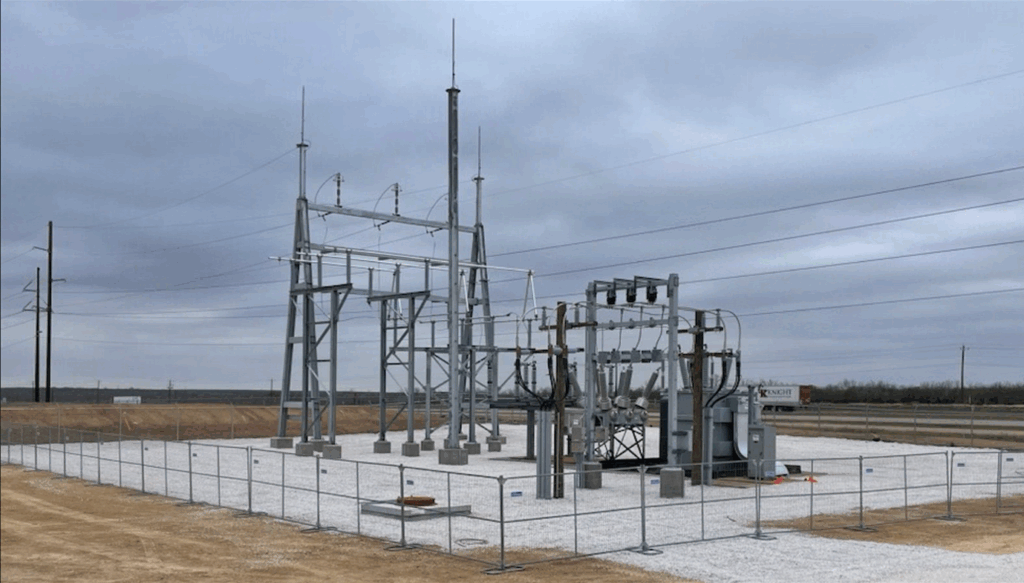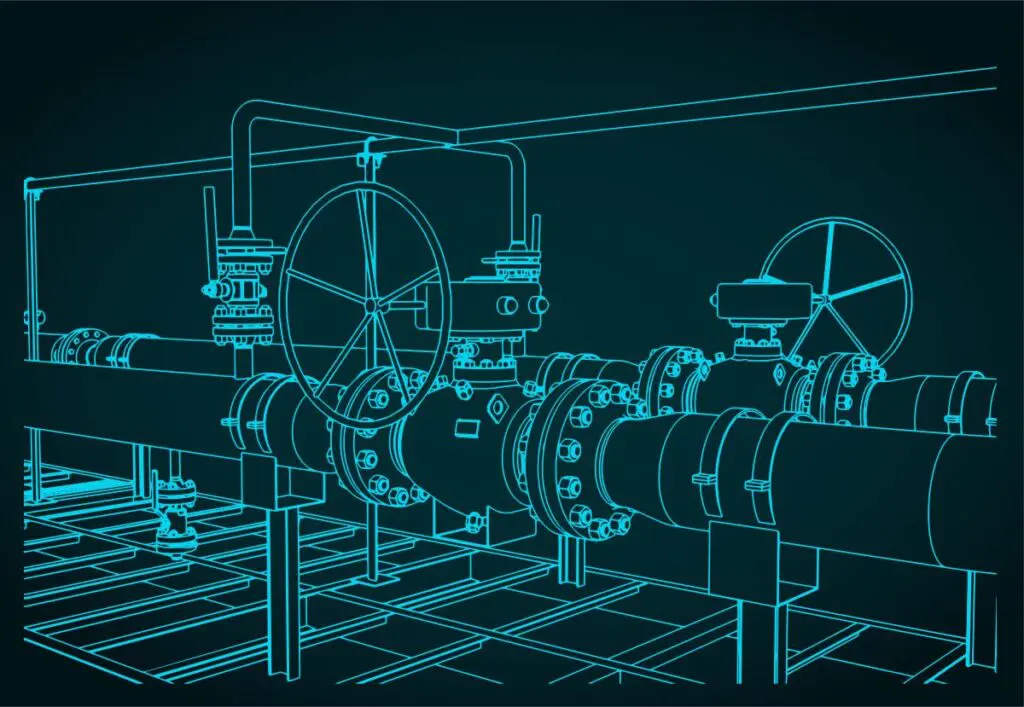

Want to share this article?
Small-scale and Micro LNG Provide New Opportunities
Development for traditional LNG production and distribution is increasingly cost-prohibitive, with only so many purpose-built ports capable of taking on high-capacity LNG carriers.
But with modest growth in LNG demand expected through 2025 and technological advances that are shrinking equipment down, micro LNG facilities are looking more promising. Where the effective pipeline for LNG has been traditionally long, the addition of more micro LNG plants and ports shrinks that pipeline, and the product becomes available to more people at smaller economies of scale.
Arguably — at least in the case of micro LNG — being small has its advantages. The various sections of a micro LNG plant can be ready built into sections on small to medium skids. Each section can be tested in the fabrication shop before being shipped off to site. With the quality control taking place in the manufacturer’s realm, only a few extra connections and commissioning tasks are needed on site. This shrinking down of infrastructure and simplification of plant control systems means a smaller required investment and a shorter design-to-completion time scale.
Back in 2013, Audubon Companies worked with Colorado’s Noble Energy to build and pair up a micro LNG facility with its existing Keota natural gas processing plant. Since its completion, Noble has been able to reduce dependence of diesel on its rigs, resulting in increased operational efficiency, fewer emissions, and a more reliable on-hand energy supply.
With scalable micro LNG facilities like this being easier than ever to integrate into existing oil and gas infrastructure, and with economic pressures forcing companies to find new ways to cut long-term operating costs, micro LNG facilities like Noble’s will become even more common. “With many oil and gas companies ‘tightening the belt’ across vertical markets … coupling NGL plants with LNG production facilities provides a low cost, low emission fuel alternative to customers as well as an additional revenue stream and product offering for the marketplace,” noted Audubon Companies’s Tim Miller and Dave Beck in April 2015.











